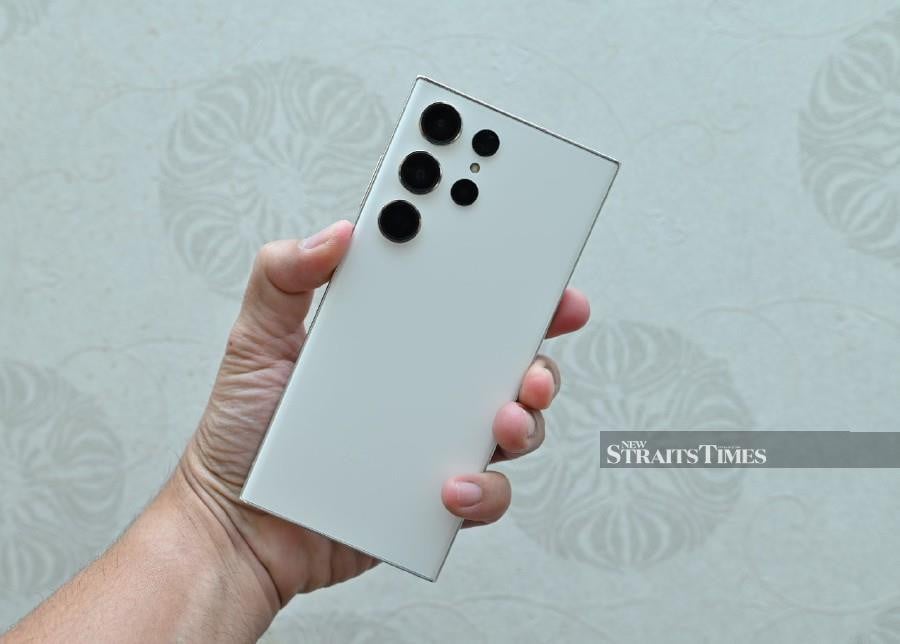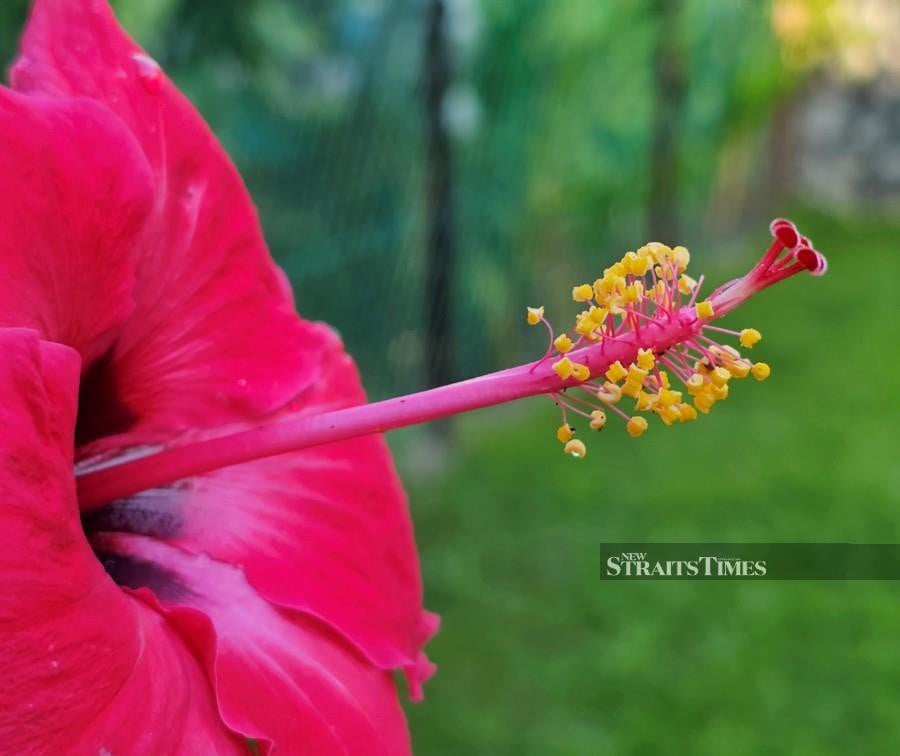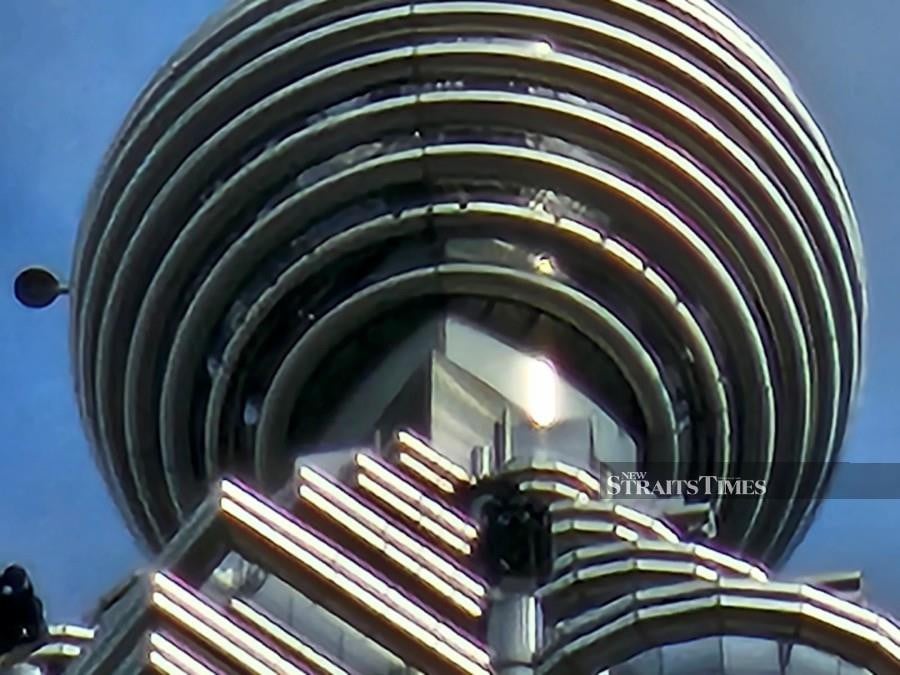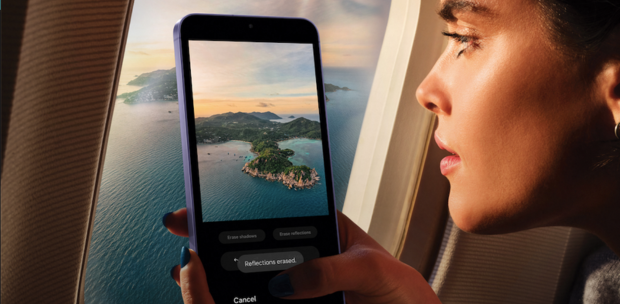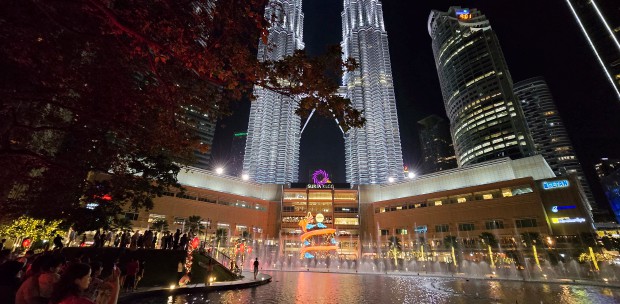ONE of the major phone launches that I always look forward to every year is the Samsung Galaxy S series, and this year, the Galaxy S23 Ultra again caught my attention, not because of its design, but the camera upgrade.
This time around, the South Korean tech giant has decided to put a 200MP sensor in the main camera, making it the highest MP in the market currently. That's really a massive resolution, but can this really help you get better images? We will find out soon.
First impression
It's hard to tell the difference between the Galaxy S23 Ultra and its predecessor the S22 Ultra as both look identical - size wise (6.8 inch) and camera design and position. Even the specs look almost the same except for the main camera as well as processor. The Galaxy S23 Ultra has double resolution in its camera compared to an already high 108MP in the S22 Ultra, and it also has a more powerful processor which is the Snapdragon Gen 2 versus Gen 1 in the previous model.
Anyway, the S23 Ultra, like the previous Ultras, really feels solid and premium in the hand.
With the S Pen now a permanent feature of the Ultra series, becoming creative is easier.
The new 6.8-inch edge display gives better comfort to users where they can adjust colour tones and contrast levels. They can adjust three lighting levels to combat brightness and daylight glare.
Photography test
One of the main reasons people upgrade their camera is the camera capability, and on paper, the Galaxy S23 Ultra specs look promising. I managed to test it around Kuala Lumpur during both daylight and night.
Besides the 200MP (f/1.7) main camera, the phone also offers a 12MP ultrawide (f/2.2), 10MP 3x telephoto (f/2.4), 10MP 10x telephoto (f/4.9) lenses.
The front selfie camera has, however, gotten a lower MP count with just 12MP compared to 40MP in S22 Ultra. This may be a let down to pixel-hungry users, but I'm not worried about this. To me 12MP is just nice for a selfie shot.
I'm more interested in its 200MP main camera and the types of images it can give users.
So I took the phone to KLCC to test its capability. The Twin Towers were my target practice, and the new sensor didn't not disappoint.
The advantage of having a high MP is having the ability to zoom and crop.
The phone offers up to 10X optical zoom and up to 100X digital or space zoom.
I'm pretty amazed to see the results from the telephoto cameras. The phone gives sharp and detailed images up to 10X optical zoom.
I even managed to get good images at 50-70X zoom, while at 100X zoom, images are not that sharp, but acceptable.
However, to get good quality images at higher digital zoom, you need to shoot your subject in a good light condition.
I even managed to see a person inside the Twin Tower bridge when I zoomed the phone camera to 100X.
What I like about the camera is that it allows you to shoot in pro mode where you can adjust the ISO (up to 3200), exposure, white balance as well as shutter speed. And there is also a RAW option, where the camera will give you images at a high resolution without any adjustment made to the colour tone.
Other tests that I did include the close up test, and low light.
For close-up photos, the 200MP lens really helps in giving you highly-detailed images. Photos of food and flowers that I took are really sharp and detailed.
The low-light test, I'm really impressed with how clean the photos look especially when using the Night mode or Nightography as Samsung calls it.
The secret behind this, on top of a steady hand, is Samsung's multi-frame processing solution. This dedicated algorithm combines multiple images across frames to reduce noise, letting anyone take vivid and optimised videos, even in the dark. Also, an enhanced AI object-aware engine and stereo depth map allow the camera to capture clear portraits in great detail, making night photos come to life.
The optimised NPU architecture also uses an AI algorithm for an additional 49 per cent boost, helping users capture stunning photos in low light.
There are also a number of other specialised photo techniques available in this phone such as Food, Panorama, Super Slow-mo, Slow Motion, Hyperlapse, Portrait Video, Director's View and Single Take for you to explore.
Performance
Under the hood of this phone is the new Snapdragon 8 Gen 2 Mobile Platform which offers leading system-processing performance as well as better artificial intelligence (AI) that enables truly extraordinary experiences. This includes AI-powered Cognitive ISP, which enhances photos and videos in real-time for professional-quality camera experiences, even in dark settings.
Besides that, the Qualcomm's latest Adreno GPU also provides realistic graphics and delivers the ultimate in connectivity with the world's best and most reliable 5G modem RF System, as well as industry-leading Wi-Fi and Bluetooth.
Besides that, battery life is also improved where I could use the phone all day with still much more battery power to spare.
Samsung said the enhanced 5000 mAh battery and its improved cooling system to its next-level camera performance and 41 per cent faster GPU. The newly designed, 8-core CPU boosts the processing capabilities of the Galaxy S23 series by about 34 per cent, which is ideal for multitasking.
Conclusion
If you're looking for an ultimate phone that offers the best of both worlds - photography and productivity, the Samsung Galaxy S23 Ultra should be on your radar.
The Galaxy S23 Ultra comes in four colour options, including Phantom Black, Green, Lavender and Cream. It also comes in three storage options - 256GB, 512GB, and 1TB and is priced at RM5,699, RM6,199 and RM7,199 respectively.


